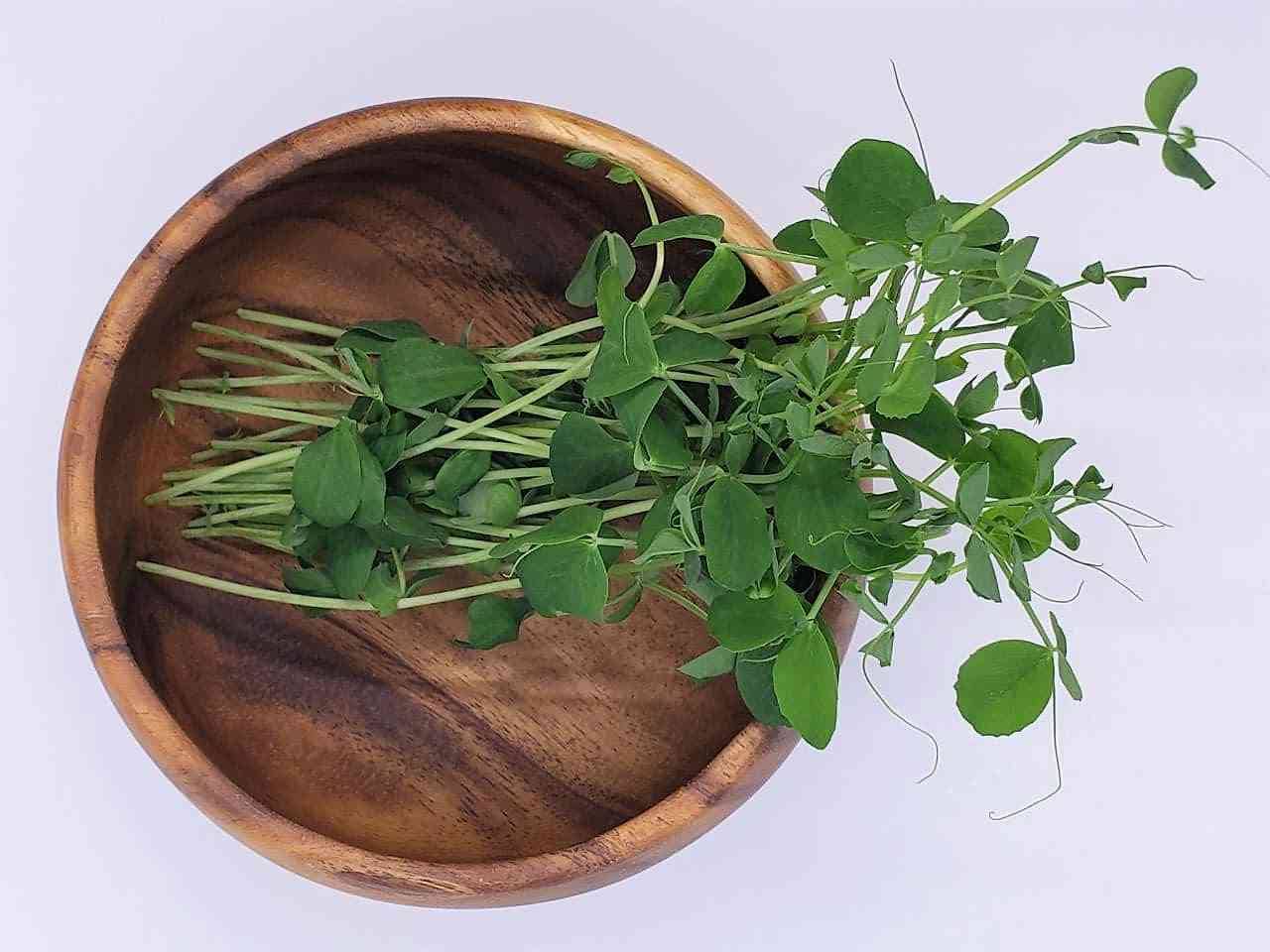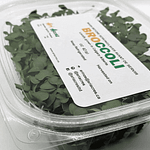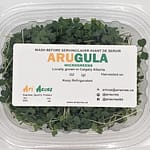If you are looking for a way to add more nutrition, flavor and color to your meals, you might want to try microgreens. They are small, immature plants that are harvested after the first leaves have sprouted. These greens are packed with nutrients and have several health benefits.
Introduction to Microgreens
Microgreens are considered baby plants, falling somewhere between a sprout and a baby green. They have an intense aromatic flavor and concentrated nutrient content and come in a variety of colors and textures. Microgreens can be grown from many different types of seeds, such as vegetables, herbs, grains and legumes. Some of the most popular varieties are produced using seeds from the following plant families:
- Brassicaceae family: Cauliflower, broccoli, cabbage, watercress, radish and arugula.
- Asteraceae family: Lettuce, endive, chicory and radicchio.
- Apiaceae family: Dill, carrot, fennel and celery.
- Amaryllidaceae family: Garlic, onion, leek.
- Amaranthaceae family: Amaranth, quinoa swiss chard, beet and spinach.
- Cucurbitaceae family: Melon, cucumber and squash.
Microgreens are very convenient to grow, as they can be grown in a variety of locations, including outdoors, in greenhouses and even on your windowsill. They are usually harvested 7–21 days after germination, once the plant’s first true leaves have emerged¹. Microgreens are more similar to baby greens in that only their stems and leaves are considered edible. However, unlike baby greens, they can be sold before being harvested. This means that the plants can be bought whole and cut at home, keeping them alive until they are consumed.

Urban Farms in Calgary
One of the best ways to get fresh and local microgreens in Calgary is to visit one of the urban farms that specialize in growing them. Urban farms are small-scale agricultural operations that use innovative methods to produce food in urban settings. They often use hydroponics, aquaponics or vertical farming systems to optimize space and resources. Urban farms can provide many benefits for the city and its residents, such as:
- Increasing food security and access to healthy food.
- Reducing food miles and greenhouse gas emissions.
- Creating green spaces and enhancing biodiversity.
- Educating the public about food production and sustainability.
- Generating income and employment opportunities.
One example of an urban farm that grows microgreens in Calgary is Ari Acres Limited This family-owned farm plants organic microgreens and delivers to communities in and around Calgary. They endeavor to keep fresh salad greens and microgreens available year round.
Farmer’s Markets in Calgary
Another option to find microgreens near you is to visit one of the farmer’s markets in Calgary. Farmer’s markets are places where local farmers and producers sell their products directly to consumers. They offer a wide range of fresh fruits, vegetables, meats, cheeses, breads, pastries and other goods. Farmer’s markets are great places to support local businesses, enjoy seasonal products and discover new flavors.
Where to Buy Microgreens
If you don’t have time to visit an urban farm or a farmer’s market, you can still find microgreens in some grocery stores or online shops. You can also visit online directories such as microgreens.directory and search for microgreens in your area.
Benefits of Eating Microgreens
Eating microgreens is not only a delicious way to enhance your dishes, but also a healthy one. Microgreens are rich in vitamins, minerals, antioxidants, and phytochemicals that can benefit your health in many ways. Some of the benefits of eating microgreens are:
- They provide more nutrition than mature leaves. Microgreens can contain up to 40% more nutrients than their full-grown counterparts, depending on the variety. For example, red cabbage microgreens have six times more vitamin C and 69 times more vitamin K than mature red cabbage.
- They are a rich source of polyphenols, a class of antioxidants linked to a lower risk of heart disease, cancer, Alzheimer’s disease, and diabetes. Polyphenols can also reduce inflammation and oxidative stress in the body.
- Many microgreens are loaded with beta-carotene, a precursor of vitamin A that is essential for eye health, immune function, and skin health. Beta-carotene can also protect against sun damage and certain types of cancer.
- Microgreens are a good source of vitamin E, a fat-soluble vitamin that acts as an antioxidant and protects the cells from free radical damage. Vitamin E can also support brain health, immune function, and skin health.
- Greens, even if small in size, contain vitamin K, a fat-soluble vitamin that is important for blood clotting, bone health, and heart health. Vitamin K can also prevent calcification of the arteries and reduce the risk of osteoporosis.
Microgreens are very versatile and can be used in many ways to add flavor, color, and nutrition to your meals.






